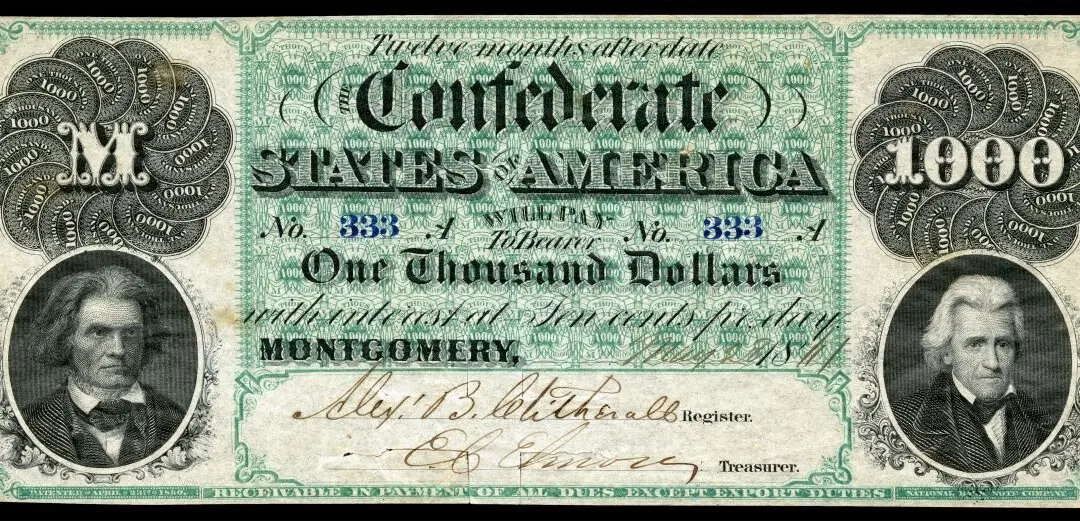When President John Quincy Adams stood before Congress on Dec. 6, 1825, to deliver his first annual message (now known as the State of the Union Address), he reiterated a point of contention between Congress and America’s Navy. “The want of a naval school of instruction, corresponding with the Military Academy at West Point, for the formation of scientific and accomplished officers, is felt with daily increasing aggravation,” he firmly stated.
The history of the United States Navy up to that time was brief, but nonetheless storied. It had begun as the Continental Navy during the American Revolution, and was dissolved by Congress in 1785 two years after signing The Treaty of Paris. The Navy was resurrected in 1794 after President George Washington agitated for it due to the problem of pirates in the Caribbean and along the African coast. The Navy would swell under the administrations of John Adams with the Quasi-War with France, Thomas Jefferson with the Barbary Wars, and James Madison with the War of 1812.






